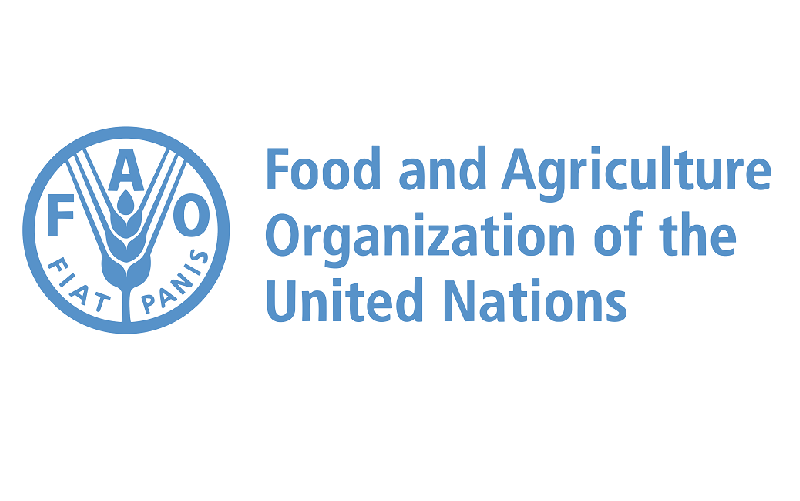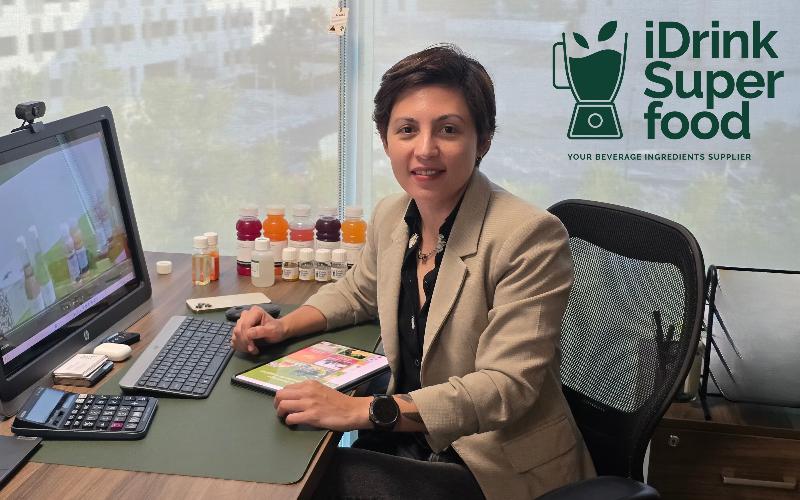OECD-FAO Outlook for 2025–2034: India and Southeast Asia to Drive Growth, China's Pace to Slow
According to the latest "Agricultural Outlook", by 2034, India and Southeast Asian countries will account for 39% of the global consumption increase, while China's share will decrease to 13% from the previous 32%. In high-income countries, a reduction in per capita consumption of fats and sweeteners is expected, driven by changes in dietary preferences, policy adjustments, and new data on the health impacts of these products. This is reported by Dairynews.today, citing OECD-FAO data.

The OECD-FAO Outlook for 2025–2034, a key source of data on medium-term prospects for agricultural and fishery markets, predicts a 6% global increase in per capita calorie consumption fr om animal products and fisheries. The primary driver of this growth will be active consumption in countries with the lower-middle-income segment, wh ere a 24% increase is expected, nearly four times the global average rate.
It is anticipated that the growth in nutrient-rich food consumption in these countries will lead to an increase in average daily per capita consumption to 364 kcal. However, despite this positive shift, significant inequality will persist both within and between countries. For instance, average daily per capita consumption of animal-origin food in low-income countries is forecasted at 143 kcal, which is significantly below the FAO's target of 300 kcal for a healthy diet.
World cereal production is expected to grow at an average annual rate of 1.1 percent, with annual yield increases being the main growth driver at 0.9 percent. Annual growth rates for harvested areas are estimated at just 0.14 percent, less than half the rate of the previous decade, which was 0.33 percent.
By 2034, 40 percent of all cereals will be consumed by humans, while 33 percent will be used for animal feed production. The remainder will be processed into biofuels and other industrial products.
While meat, dairy, and egg production is expected to increase by 17%, the global population of cattle, sheep, pigs, and poultry will grow by 7%. As a result, direct greenhouse gas emissions in agriculture are projected to rise by 6% over the next decade, indicating a reduction in the carbon intensity of global emissions directly linked to agricultural production.
Global demand for biofuels is projected to strengthen at an average annual rate of 0.9%, primarily driven by increased consumption in Brazil, India, and Indonesia.
Significant opportunities for productivity improvement through effective initiatives exist in Sub-Saharan Africa: the region's livestock count is three times that of North America, and it is expected to grow by another 15%, while productivity per animal is ten times lower.
OECD Secretary-General Mathias Cormann noted that "we have the tools to eliminate hunger and strengthen global food security." He emphasized that coordinated measures are needed to maintain open food markets, increase productivity, and enhance the resilience of the agricultural sector. The OECD and FAO are ready to support governments in developing such measures by providing data, analytical information, and recommendations.
FAO Director-General Qu Dongyu added that the forecast results indicate improved nutrition for a significant portion of the population in developing countries, and this positive outcome needs to be scaled to include the populations of the lowest-income countries. He also noted the favorable trend of reducing the carbon intensity of agri-food systems but stressed that "we can achieve more." The FAO and OECD expressed readiness to further assist in achieving these goals.
It is anticipated that the growth in nutrient-rich food consumption in these countries will lead to an increase in average daily per capita consumption to 364 kcal. However, despite this positive shift, significant inequality will persist both within and between countries. For instance, average daily per capita consumption of animal-origin food in low-income countries is forecasted at 143 kcal, which is significantly below the FAO's target of 300 kcal for a healthy diet.
World cereal production is expected to grow at an average annual rate of 1.1 percent, with annual yield increases being the main growth driver at 0.9 percent. Annual growth rates for harvested areas are estimated at just 0.14 percent, less than half the rate of the previous decade, which was 0.33 percent.
By 2034, 40 percent of all cereals will be consumed by humans, while 33 percent will be used for animal feed production. The remainder will be processed into biofuels and other industrial products.
While meat, dairy, and egg production is expected to increase by 17%, the global population of cattle, sheep, pigs, and poultry will grow by 7%. As a result, direct greenhouse gas emissions in agriculture are projected to rise by 6% over the next decade, indicating a reduction in the carbon intensity of global emissions directly linked to agricultural production.
Global demand for biofuels is projected to strengthen at an average annual rate of 0.9%, primarily driven by increased consumption in Brazil, India, and Indonesia.
Significant opportunities for productivity improvement through effective initiatives exist in Sub-Saharan Africa: the region's livestock count is three times that of North America, and it is expected to grow by another 15%, while productivity per animal is ten times lower.
OECD Secretary-General Mathias Cormann noted that "we have the tools to eliminate hunger and strengthen global food security." He emphasized that coordinated measures are needed to maintain open food markets, increase productivity, and enhance the resilience of the agricultural sector. The OECD and FAO are ready to support governments in developing such measures by providing data, analytical information, and recommendations.
FAO Director-General Qu Dongyu added that the forecast results indicate improved nutrition for a significant portion of the population in developing countries, and this positive outcome needs to be scaled to include the populations of the lowest-income countries. He also noted the favorable trend of reducing the carbon intensity of agri-food systems but stressed that "we can achieve more." The FAO and OECD expressed readiness to further assist in achieving these goals.











